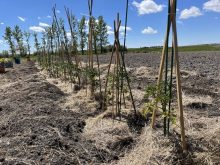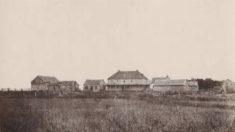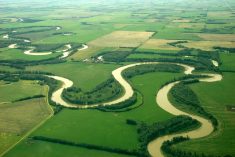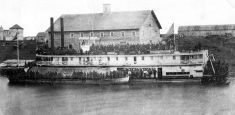For decades, farming has declined in Derrick Gould’s community of Pinaymootang (Fairford) First Nation.
In the late 1950s and early ‘60s, Gould estimates 35 to 40 families were raising cattle in pastures and hay lands along the Fairford River.
Gould family history relates the beginning of the end for many of those farms: In 1961, the province finished building the Fairford Dam. When the structure opened, the residents downstream, few of whom had phones, had little warning.
Read Also
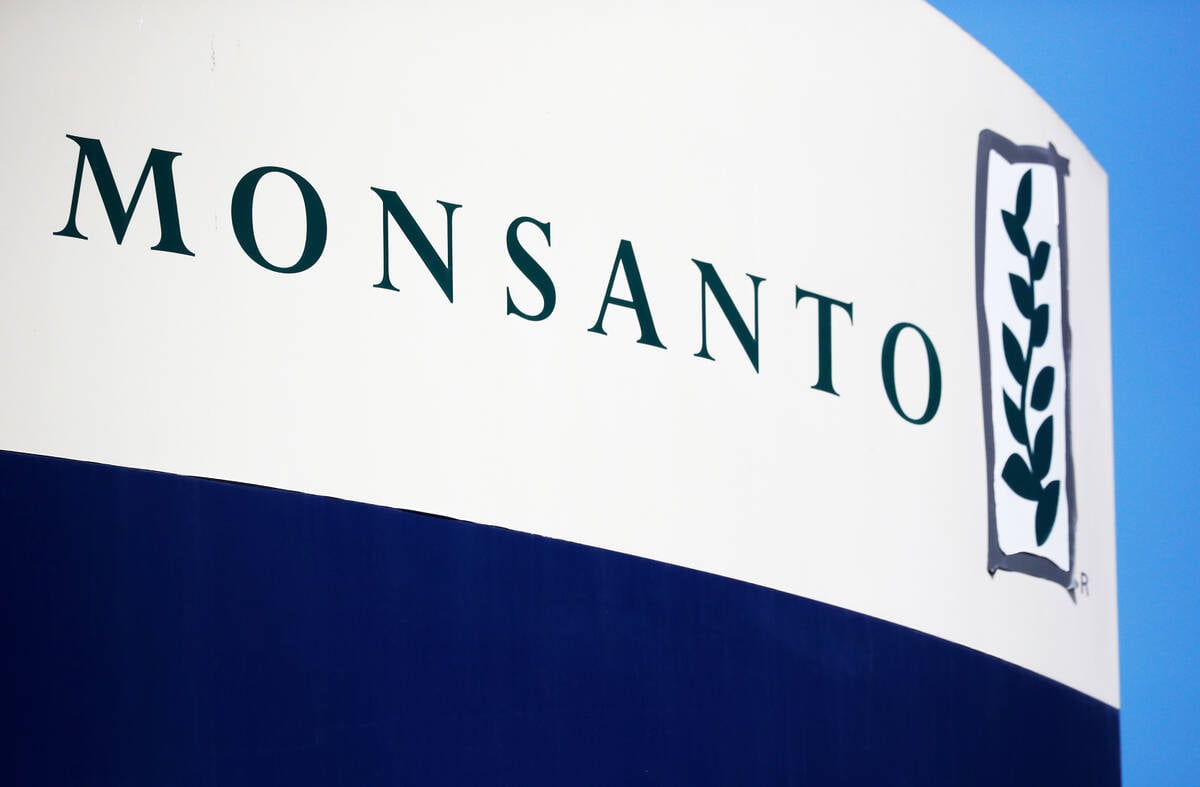
Journal pulls long-cited glyphosate study for ethics violations
The journal Regulatory Toxicology and Pharmacology has retracted a 2000 Monsanto-linked glyphosate review, drawing new scrutiny as Bayer faces mounting legal pressure.
“They couldn’t believe how fast the water came up,” Gould said. “The cows were floating down the river.”
“The dam has left destruction downstream,” wrote Myrle J. Traverse in a 1999 University of Manitoba study that examined the effects of the dam on the area.
“We used to plant hay here,” a resident told Traverse. “Now the fields are in no shape for grain. There is a lot of salt surfacing ever since the flood.”
“It broke a lot of families down,” Gould said. “A lot of people just quit farming.”
In 1999, there were about three families with cattle in the area. Today, Gould said there are two. He is one of them, raising horses and hay.
Gould says he wants to see farming revitalized in his community, but Indigenous farmers face big barriers to entry: lack of access to capital; difficulty accessing land; and few agricultural resources.
These issues were supposed to be solved years ago, but a government program designed to boost farming in First Nations communities largely failed its mandate.
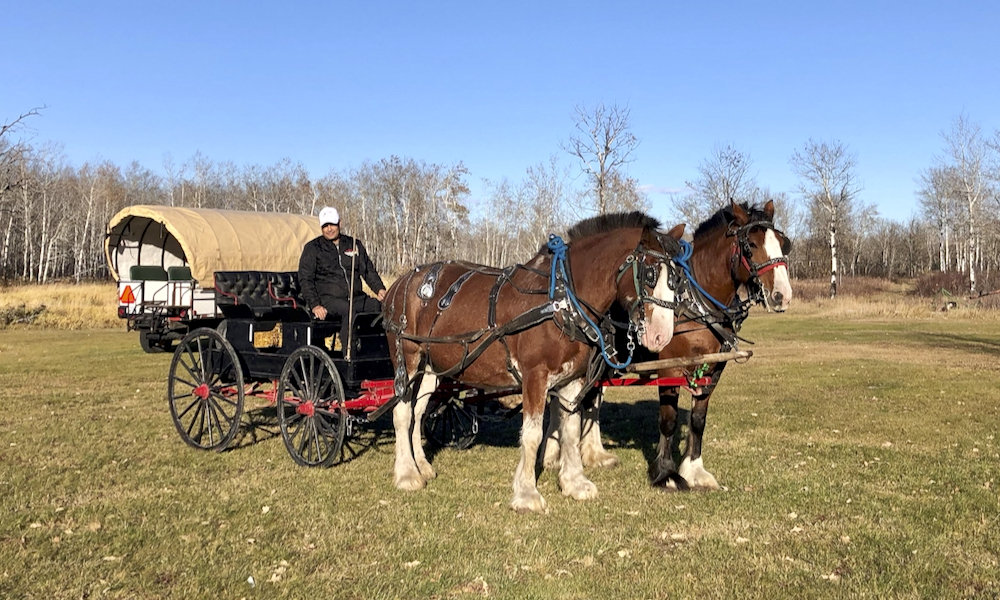
Historic Inequities
In 1971, a survey of 26 First Nations in agro-Manitoba found only 52 self-supporting Indigenous farmers in the province despite a substantial and suitable land base. On average, these farms produced 11 per cent of the provincial average, writes Bret Nickel in the 2003 study A Field of Dreams: The Story of the Manitoba Indian Agricultural Program.
First Nations farmers were “mostly operating subsistence farms… with little modern equipment, little access to credit… and little or no record keeping,” Nickel wrote.
They used fewer chemicals and fertilizers, had little training in farm practices and rarely used Manitoba Agriculture services, he added. Their yields, income and assets were lower on average than non-Indigenous farmers.
This differential has origins in the historic treatment of First Nations by the federal government.
Indigenous people were farming in Manitoba well before white settlers arrived. An archeological site at Lockport revealed storage pits, bison scapula implements and charred corn kernels and plant parts that dated back to the early 1400s, wrote Catharine Flynn and E. Leigh Syms in a 1996 article. Another site in southwestern Manitoba turned up similar signs of agriculture that dated to the 1600s.
When European settlers came on the scene, many Plains Indigenous peoples lived in nomadic or semi-nomadic groups and followed the movement of the bison herds.
Soon, European demand for hides and meat led to mass slaughter and decimation of the bison herds, writes Wes Olson in the Canadian Encyclopedia.
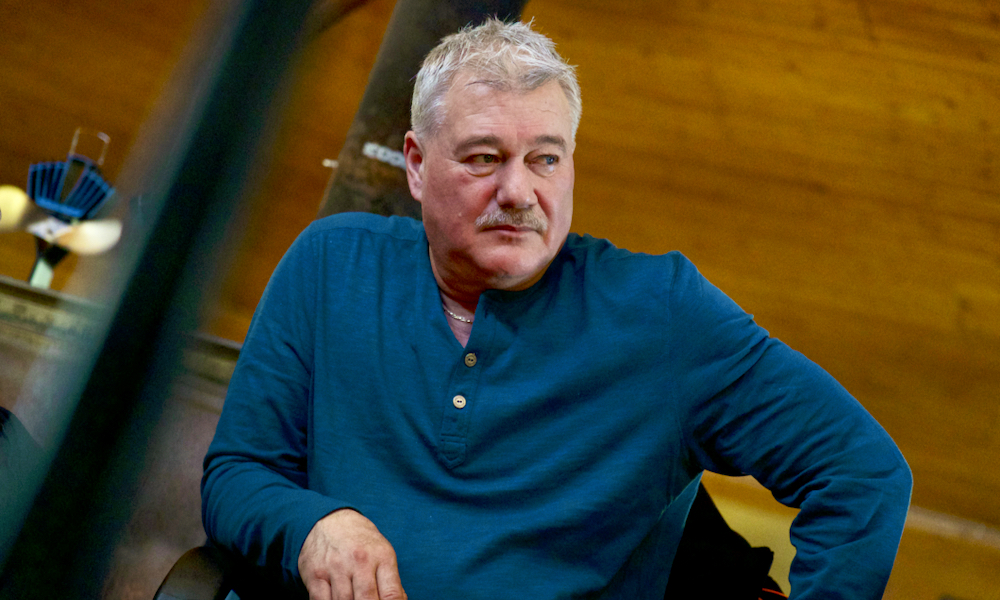
“The rapid decline of bison was used to make Indigenous people dependent upon cattle for food, and to get that food they had to move onto reserves,” Olson wrote.
“They said agriculture is going to be your new buffalo. That’s how you’re going to feed yourselves,” Robert Maytwayashing, a former cow-calf producer from Lake Manitoba First Nation, told the Co-operator.
Nickel notes that treaties entitled First Nations to agricultural equipment like plows, harrows, scythes and seeds, and livestock including oxen and cattle. The government dragged its feet in delivering these goods, and many of the tools were quickly obsolete. Nevertheless, many communities built thriving farms.
However, non-Indigenous farmers complained that the successful Indigenous producers were “unfair” competition, Nickel writes. In response, the government first limited the size of First Nation farms, then banned them from selling what they grew unless they got a permit from the local Indian agent.
These restrictions, implemented in the late 1800s, directly impacted Maytwayashing’s family.
His grandparents raised cattle, geese, pigs and ducks — anything they could raise to eat, Maytwayashing said.
“We didn’t call it farming. It was just simply they were supplementing what they had and trying to survive with whatever means they had at their disposal.”
Raising livestock for commercial sale wasn’t a good option. Until the late 1950s, if they wanted to sell cattle or butcher for food, they had to get permission from the Indian agent, Maytwayashing said. The proceeds would go to the agent, who would distribute them as he saw fit.
“So what was the sense of busting your butt year-round when you weren’t even allowed to reap the benefits?” Maytwayashing said. “That was the reality of our communities back then.”
Once commercialization was an option, First Nation farmers faced another obstacle: lack of capital.
As residents of a reserve, they didn’t own their land or home. Each community allocates its land differently, Maytwayashing said. Some use leasehold agreements or certificates of possession, but these don’t allow the land to be used as collateral against a loan.
Prejudice from bankers was also a factor, said Shaun Soonias, director of Indigenous relations with Farm Credit Canada (FCC).
“There’s been punishing interest rates and terms or a lot of ‘no’s’ based on inaccurate information,” he said.
Some of this related to restrictions in the Indian Act, and some related to concerns over loan security. However, “we don’t do that” has been pervasive in banking for so long, Soonias said, that many institutions don’t know why they don’t lend to Indigenous people.
Statistics show that, as a block, Indigenous borrowers are low risk to banks, Soonias said.
Gould’s family pitched hay by hand into the 1980s. As a young man, his grandfather gave him a few cows and his dad bought him an ancient Farmall tractor. He had an old mower and dump rake to cut and gather the hay, but he and his sisters would use pitchforks to throw it into a wagon and haul it home.
He saved up and bought better equipment with cash, Gould said. Once he accumulated some machinery, he could use that as collateral.
Yet, even when he’d established himself, the local bank wouldn’t lend more than $20,000 at a time, Gould said.
MIAP: The Solution That Wasn’t
Following the 1971 survey and consultations with First Nations, the federal government initiated the Manitoba Indian Agricultural Program (MIAP) in 1975. It was to be overseen by a board of directors, which included leaders from several First Nations including Lake Manitoba, Fairford, Peguis, Sandy Bay and Swan Lake.
The program included a financial component designed to bridge some of the financing barriers Indigenous farmers faced, Nickel wrote.
It had a budget to be spent on farmland improvements like brush-clearing and grazing land enhancement and it was to provide farm equipment. Initially, MIAP owned the equipment and loaned it, but eventually ownership was transferred to farmers.
MIAP also was to provide training and farm advisors.
Farmers working with MIAP began to see progress, reported Nickel. In 1978, farm production value had risen to $3 million from $465,000 in 1971. There were 168 farms, up from 52. Farm income had tripled to $12,750 from $3,200 seven years prior. Nearly 51,000 acres of land had been added to production.
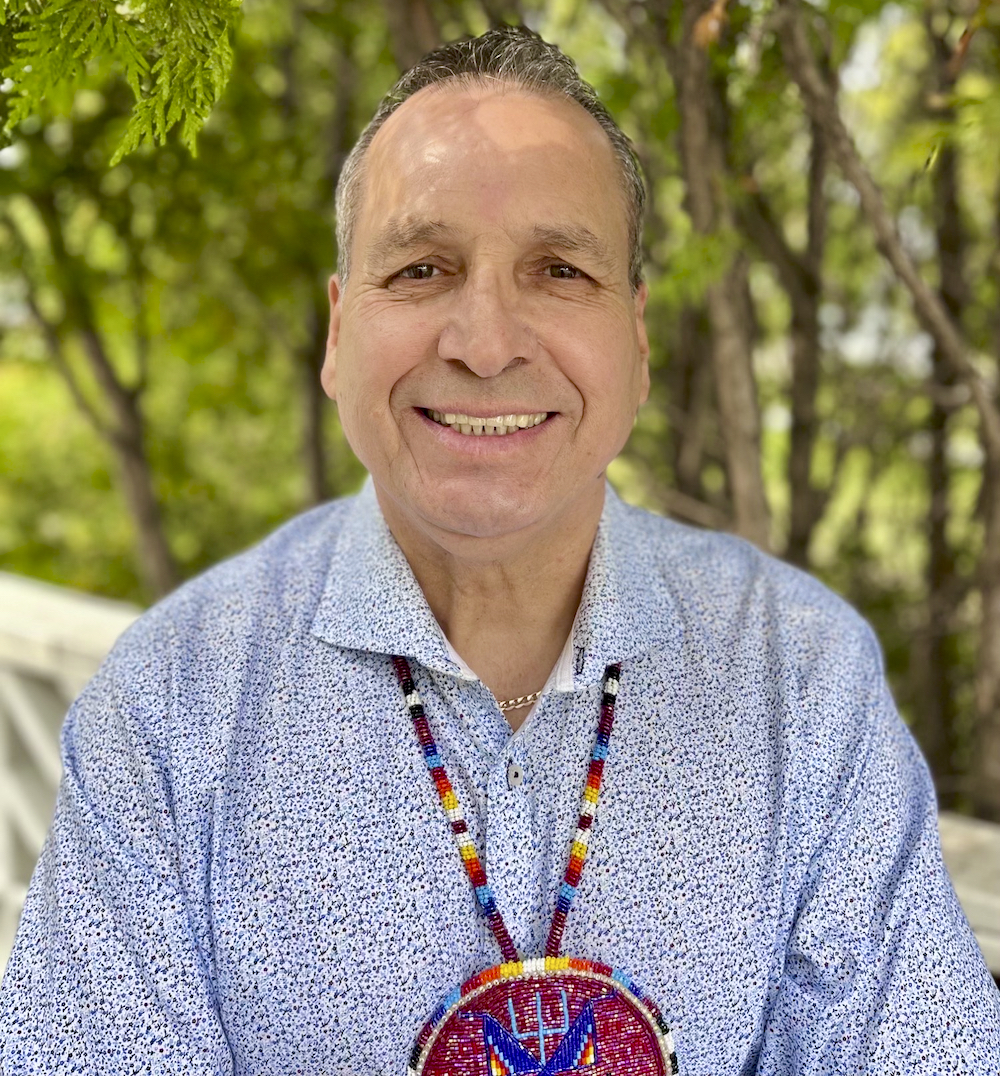
MIAP succeeded in creating more access to credit and provided lower-cost loans, Nickel wrote. It also succeeded in establishing farm advisors.
MIAP extension staff worked from the same buildings as Manitoba Agriculture staff, recalled E.J. Fontaine, an Indigenous entrepreneur who formerly worked for MIAP as a farm advisor and loans analyst.
However, as MIAP aged, it began to diversify. It became the farm advisory arm of a group of companies, which included lending and real estate divisions, a wild rice venture and a disastrous rabbit processing plant in Saskatchewan.
These and other ventures, like the purchase and expensive renovations of offices, took money away from other budgets like education and advisory programs, wrote Nickel.
Maytwayashing recalled that lending under MIAP began to go downhill as the wider economy put more pressure on farmers.
As a young man, he borrowed money through MIAP to buy 20 cattle. Once his herd was established, he borrowed more to buy 20 more cattle. At this time, MIAP contributed a 40 per cent grant to the total of the loan.
However, his herd was still too small to make a living, so Maytwayashing applied for another loan. This time, the terms were less favourable.
In the late 1980s, interest rates were soaring. MIAP dropped its loan contribution to 20 per cent, and created hoops for him to jump through, Maytwayashing said, namely, that he had to get his diploma of agriculture from the University of Manitoba.
He got his diploma, but sold his cattle one year after he graduated. He’d raised cattle for 10 years and in the end had about $6,000 to show for it.
A post-mortem on MIAP would later find that its credit systems were adequate for established farmers to expand, but not for first-time farmers. Loans were capped at levels that wouldn’t allow sufficient land to be purchased or cleared and improved.
The Demise Of MIAP
After years of shrinking and restructuring, the federal government folded MIAP in 1993. Officially, it was phased out so its funding could be shifted to the Canadian Aboriginal Economic Development Strategy (CAEDS).
When it was gone, farming on First Nations again began to decline. In 1999, a survey found 120 First Nations farmers, down from 168 two decades before. Gould and Fontaine suggest the number is much lower now. The barriers MIAP was built to overcome remained.
Maytwayashing, Gould and Fontaine said financing is still a huge challenge for members of First Nations communities.
FCC has been working to mitigate restrictions imposed within the Indian Act and to be more informed and culturally aware, Soonias said. He declined to explain how FCC gets around issues of land ownership and collateral, but said it is working on this.
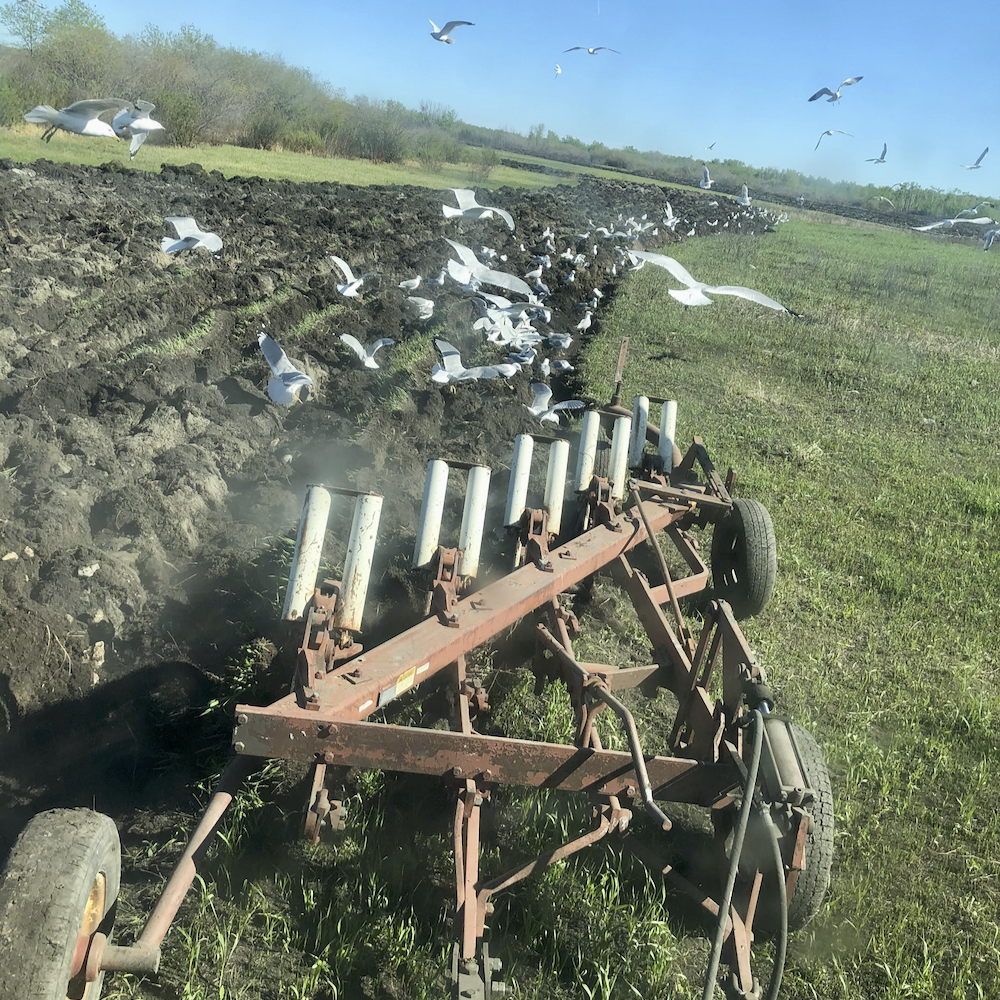
In communities such as Pinaymootang, the population is growing and is straining the land base. Families are moving onto land Gould used to farm.
In Gould’s experience, Indigenous farmers lacked the risk management supports offered to non-Indigenous farmers. For instance, during the BSE crisis, he and neighboring cattle farmers travelled to Winnipeg to find help for their imperiled farms.
Provincial officials told him they would have to speak to the federal government, and the federal official he spoke to said, “I didn’t know there was even farms on First Nations anymore,” Gould said.
Many of those farms went under, he added.
Gould also expressed confusion over which programs he was ‘allowed’ to access as an Indigenous farmer. Recently, as he prepared to seed his first crops, he approached his local Manitoba Agriculture office for the first time. They offered him help with soil testing, something he hadn’t thought was available to him because under older rules, anything related to First Nations was federal jurisdiction.
Still-Fertile Fields
Gould recently broke ground on fields that hadn’t been plowed in more than 60 years.
Flooding this spring prevented him from seeding, but he plans to grow oats and alfalfa and work his way into other crops, like canola.
“I’d really like to see yellow in my community.”
It signifies that they’re, “people of the land, and agriculture was a big part of our communities,” Gould said.
It also shows others, including his kids, grandkids and nephews who farm with him, that it can be done.
“They need to be exposed to that,” said Maytwayashing, about First Nations communities. They need, “exposure to the whole field of agriculture, and what’s possible within that realm.”
There are signs that agriculture is making a comeback. The Indigenous Food Sovereignty movement has seen communities develop gardening, vertical farming at Opaskwayak Cree Nation, small-scale animal agriculture, and ‘country food’ initiatives at Nisichawayasihk Cree Nation.
Fontaine works with the University of Manitoba to reinvigorate interest in farming. Many First Nation communities are young, he said. Developing agricultural skills, in both farming and agronomy, could create a large labour pool.
There’s great potential for collaboration between farmers and First Nations communities, he added.
Gould keeps an eye out for farming talent among his neighbours. One young man is an “unbelievable” gardener who, if he had the right supports, could grow vegetables on a larger scale.
Some families raise horses and goats, though they buy hay from Gould because they don’t have the equipment to cut and bale their own.
At home, he continues to find ways to support his family and show others they can do the same.
“That’s one reason I continue,” he said. “It’s not an easy life. When you’re out there, the land is so beautiful. It’s just that connection that I have, the memories that I have. The way of life. For me, that’s a real stronghold… it keeps me going.”




